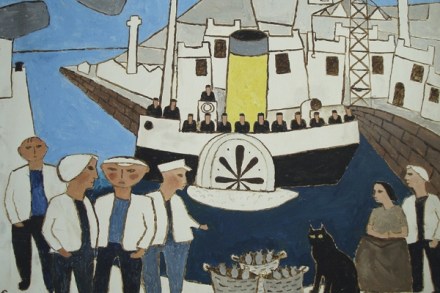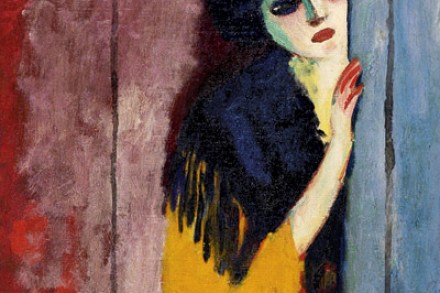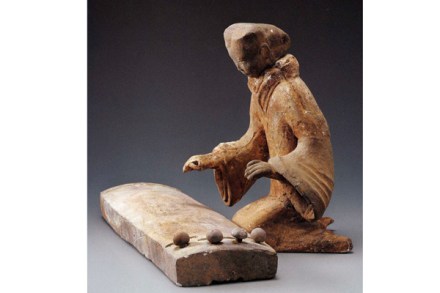Do critics make good artists? Come and judge ours
Artists make good critics, but do critics make good artists? It’s hard to tell, when most are too chicken to try. For over 20 years, Spectator critic Andrew Lambirth has been making collages. He caught the habit from the British Surrealist Eileen Agar in the late 1980s and kept it private, until forced to go





















